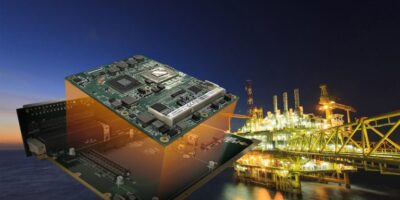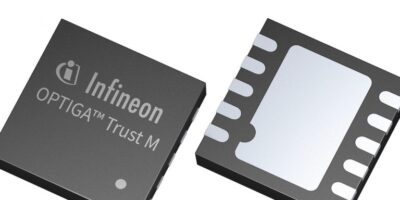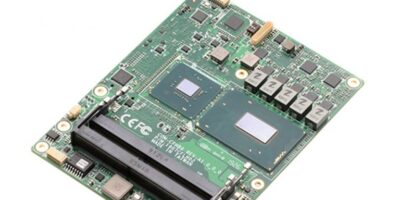Robust embedded edge server platforms for the energy sector will be introduced by congatec at SPE Offshore Europe next month (3 to 6 September).
The oil and gas industry is characterised by distributed assets and infrastructures in harsh environments and therefore require ultra-robust embedded platforms for the digital transformation challenge that offers a huge potential for cost savings.
Digitisation could reduce production costs by up to 30 per cent, estimates the International Energy Agency, with potential savings through efficient maintenance and better operation of assets. “There is also further potential for savings in the supply chain, through the use of artificial intelligence (AI) and integrated platforms that connect organizations with external partners,” explains Dan Demers, director sales and marketing at congatec Americas.
To meet the requirements of the upstream and mid-stream oil and gas industry, congatec’s embedded edge computing platforms are designed for extended temperature ranges, with optional conformal coating to protect against the effects of salt water or condensation caused by large temperature fluctuations. They also offer comprehensive server class reliability, availability, serviceability (RAS) features that enable OEMs to reliably manage thousands of devices remotely. As multi-core designs with currently up to six cores and a particularly low 25W thermal dynamic performance (TDP), they are suitable for completely fanless – and therefore maintenance-free – 24/7 operation in hermetically sealed housings with the highest IP protection classes, says congatec. Virtual machines based on Real-Time Systems’ hypervisor technologies allow optimal use of existing computing resources by partitioning the various tasks – including local real-time control requirements.
Virtualisation also means that the new platforms are tailored to build cost-efficient universal customer premises Equipment (uCPE). Such open standard hardware equipment is characterised by hosting telecomms network functions at the customers edge IT including software defined networks (SDN) and network functions virtualisation (NFV).
Visit congatec at SPE Offshore Europe, Aberdeen, Scotland, 3 to 6 September, Hall 1, stand 1AA62.







